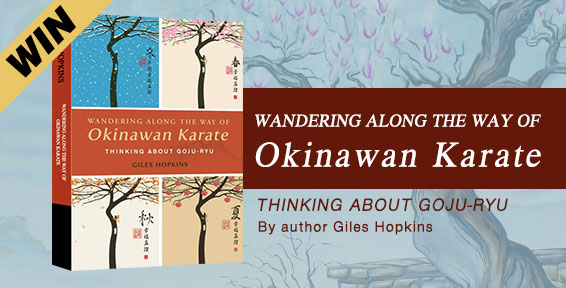The only concern I have with some of the bunkai showed here ( and in other videos) is that when they try to explain some of the moves as grappling /throwing moves.
Look, it may be POSSIBLE to interpret them as such ( and some, like low sweeps are obvious) BUT we have to be very careful NOT to make them up.
Practically speaking, the way the kata is done MUST mimic the ACTUAL move to at least a good 90%, if not the gross motor skills will NOT be there.
And in some cases they simply do not do that.
Psalms 144:1
Praise be my Lord my Rock,
He trains my hands for war, my fingers for battle !




 Reply With Quote
Reply With Quote



